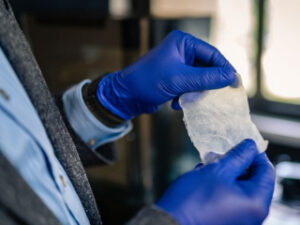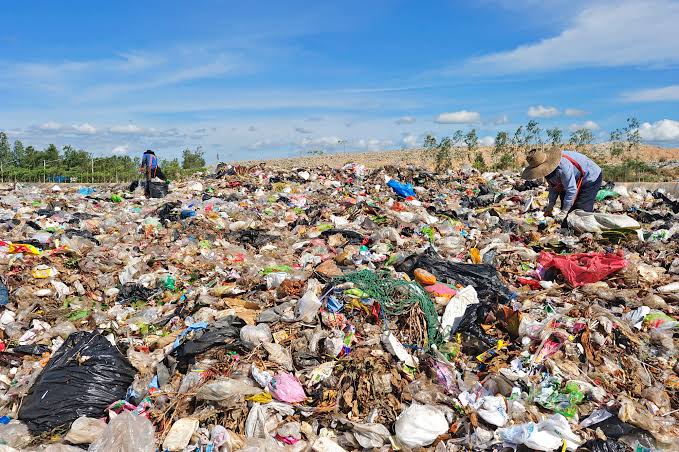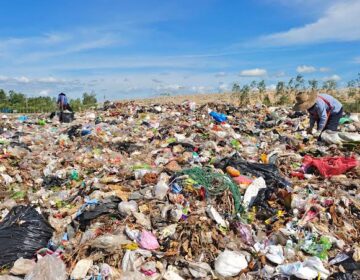Scientists Create New Super material That Could Replace Plastic.
As plastic waste continues to accumulate across the globe, creating serious environmental challenges.
Researchers are turning to nature for sustainable solutions.
Maksud Rahman, professor of mechanical and engineering at the University of Houston, has developed a method for transforming bacterial cellulose.
A biodegradable material, into a versatile substance that could serve as a replacement for plastic.
This material holds promise for a wide range of uses.
It could soon be used to create everyday items such as disposable water bottles, eco-friendly packaging, and even wound dressings.
All of these applications rely on bacterial cellulose, a naturally abundant and biodegradable biopolymer found in the environment.
“We envision these strong, multifunctional and eco-friendly bacterial cellulose sheets becoming ubiquitous, replacing plastics in various industries and helping mitigate environmental damage.

Enhancing Performance with Nanotechnology
Growing concern over the harmful effects of petroleum-based, non-degradable materials on the environment has intensified the demand for sustainable alternatives.
Bacterial cellulose has emerged as a potential biomaterial that is naturally abundant, biodegradable, and biocompatible.
To strengthen the cellulose and create more functionality, the team incorporated boron nitride nano sheets into the liquid that feeds the bacteria.
Fabricated bacterial cellulose-boron nitride hybrid nano sheets with even better mechanical properties and thermal properties.
“This scalable, single-step bio-fabrication approach yielding aligned, strong and multifunctional bacterial cellulose sheets would pave the way towards applications in structural materials, thermal management, packaging, textiles, green electronics and energy storage.
“We’re essentially guiding the bacteria to behave with purpose. Rather than moving randomly, we direct their motion, so they produce cellulose in an organized way.
This controlled behavior, combined with our flexible biosynthesis method with various nanomaterials, enables us to achieve both structural alignment and multifunctional properties in the material at the same time.”







